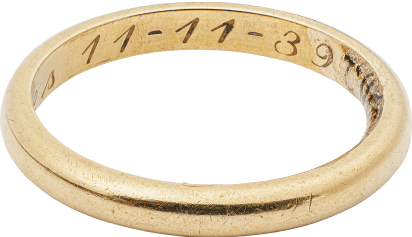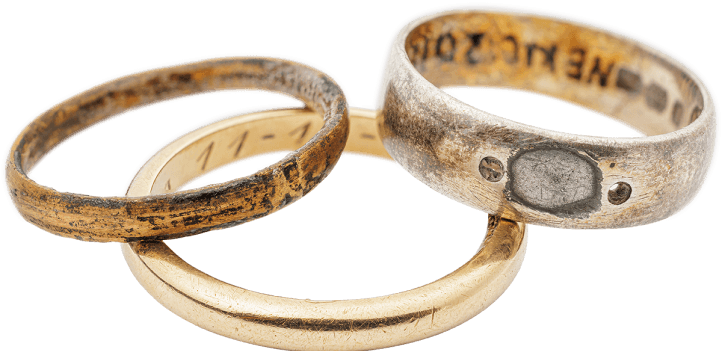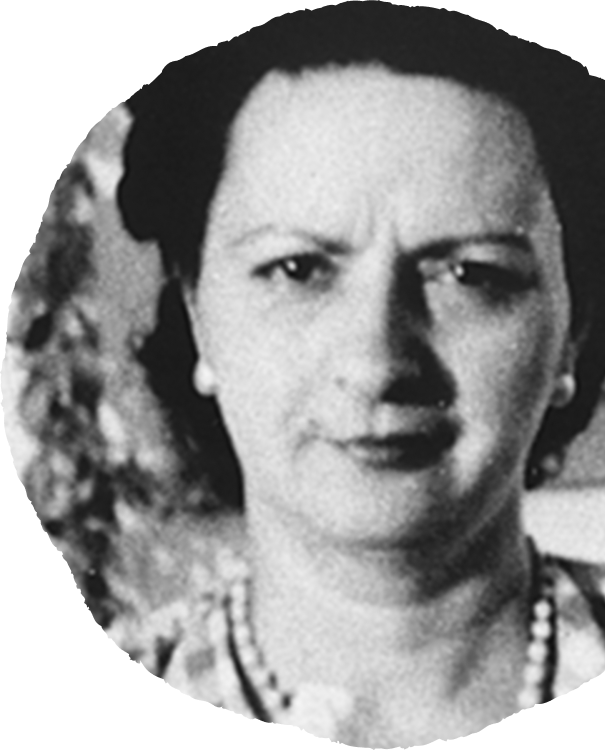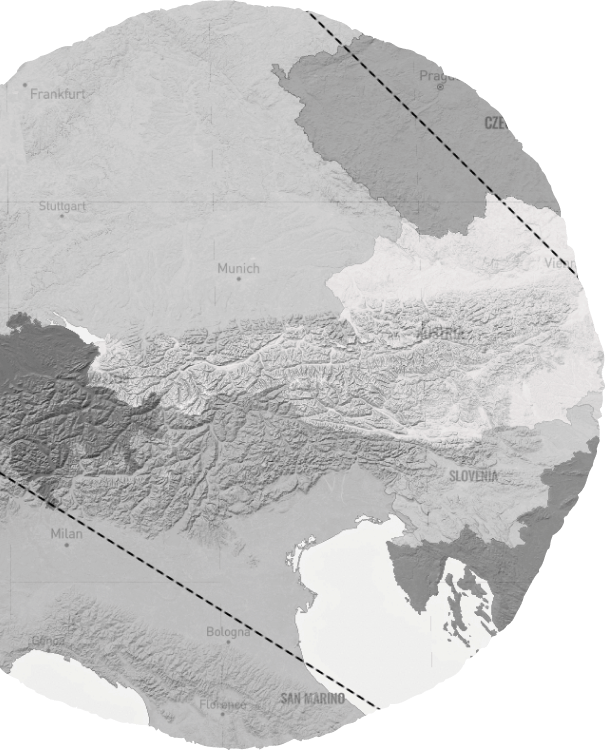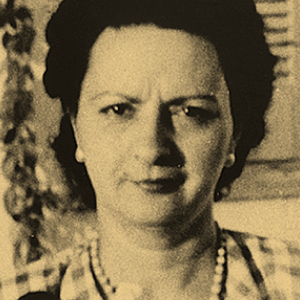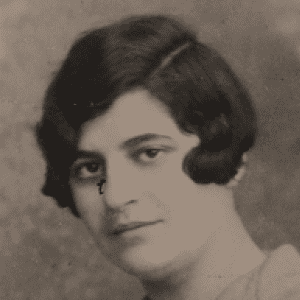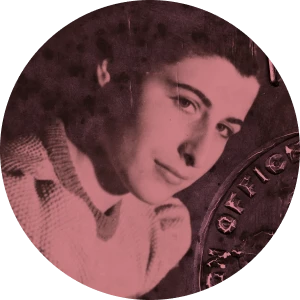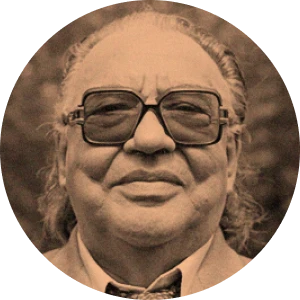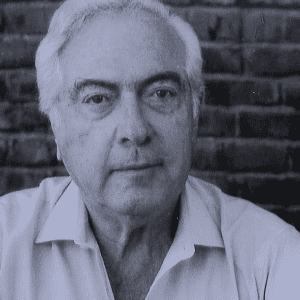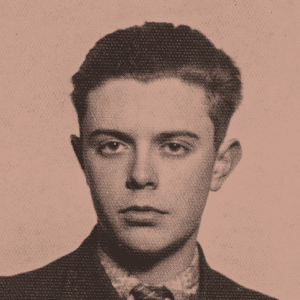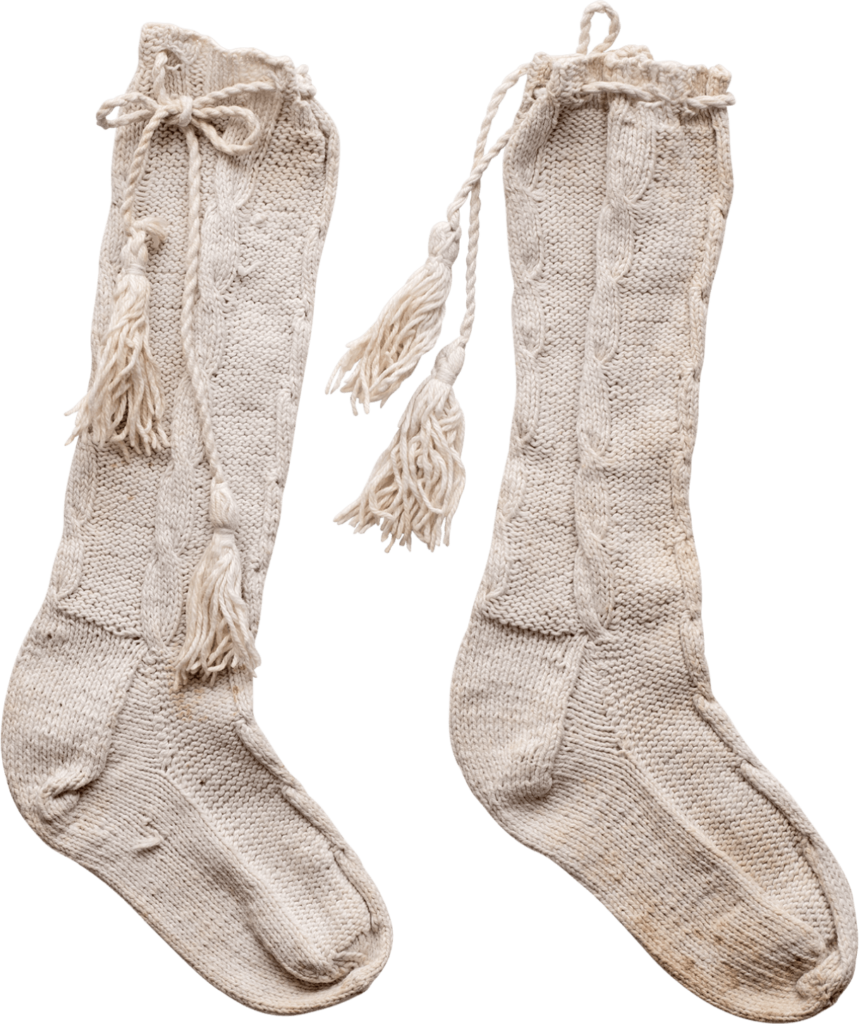
More than simply two socks, these beautifully crafted items hold much powerful testimony.
Eda knitted them during her incarceration at Bergen-Belsen concentration camp, with the intention of giving them to Reina when they were reunited.
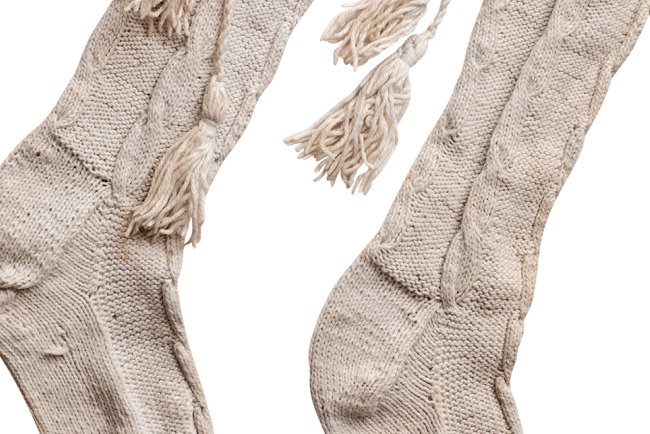
The socks Eda made for her daughter were very small, probably knitted with the baby she’d left behind in mind as opposed to the child that baby had become in the years since she’d last seen her. They did not fit Reina when Eda gave them to her once they were reunited.
To knit these socks at a time when she was unsure if she would ever see her daughter again is an act as hopeful and inspiring as it is heartbreaking. What else could Eda hold onto other than the thought that she may one day be reunited with the child she had been forced to give up?
More than simply a pair of socks, these beautifully crafted items hold much powerful testimony.
To knit these socks also constituted a survival strategy – a way for Eda to get through the agonising hours of everyday life in the camp. As it is possible she swapped her meagre food allowance for the yarn, they can also be seen as a representation of Eda’s dedication and devotion to her daughter.
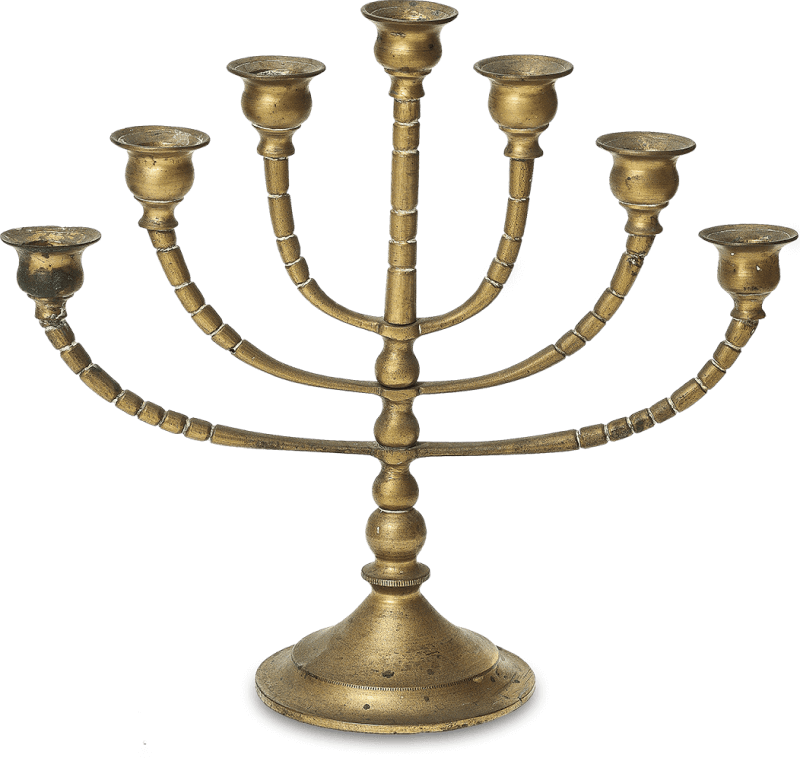
This album was compiled by a Royal Air Force gunnery instructor who documented the situation at Bergen-Belsen concentration camp. His photographs and commentary provide insight into some of the horrors Eda may have witnessed during her time there.
These three rings which were discovered in Bergen-Belsen upon liberation. One has the inscription ‘Miers’ and the date 11-11-39, while the silver band has a square design. While we know they were collected by a liberator, there is no information about who they once belonged to.
